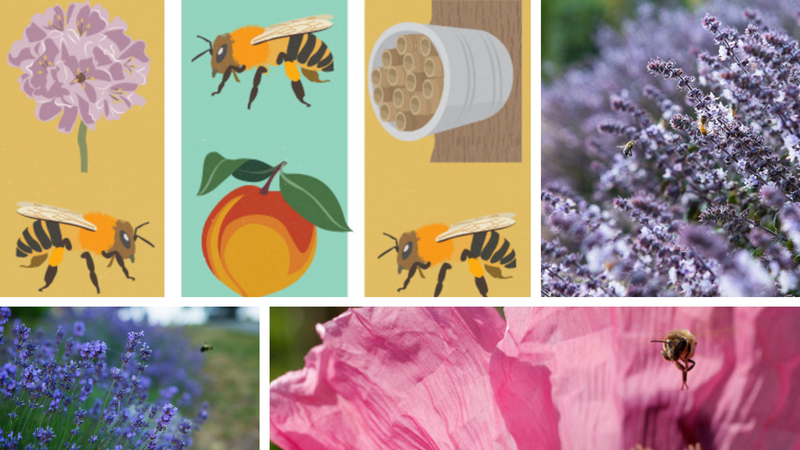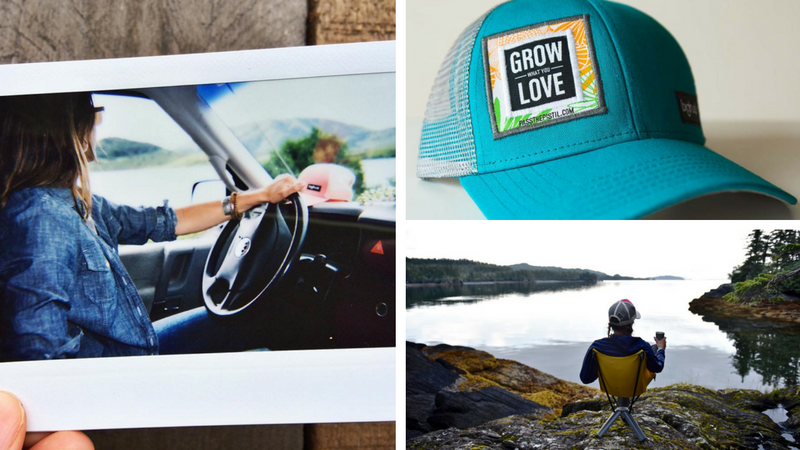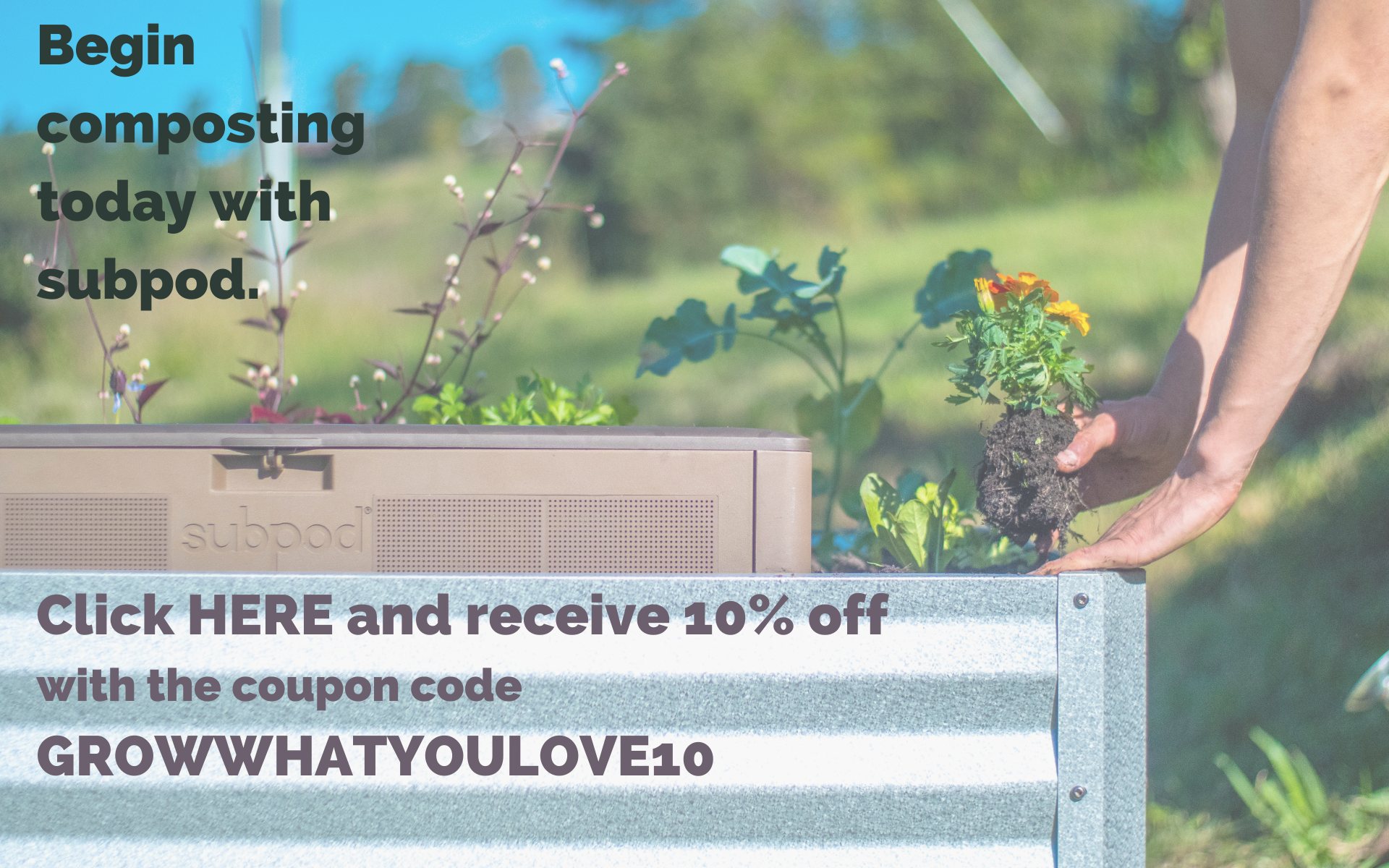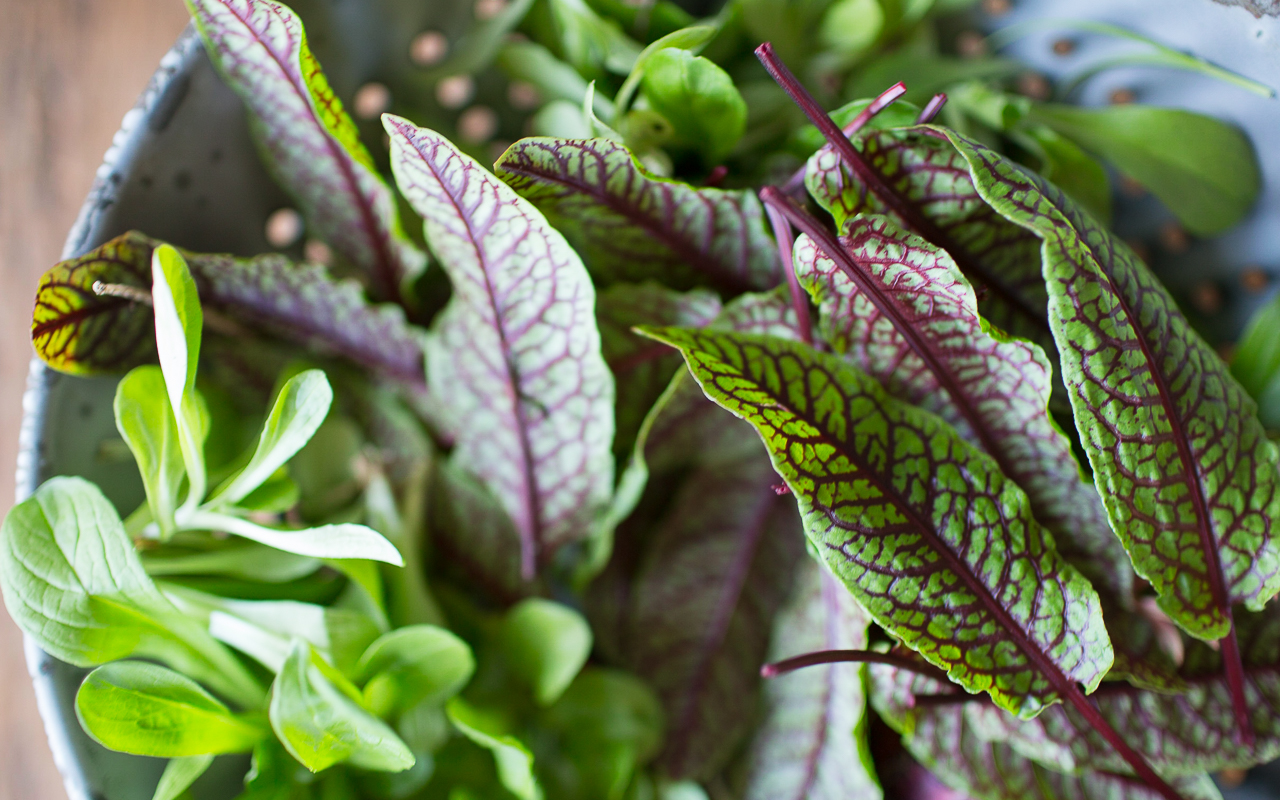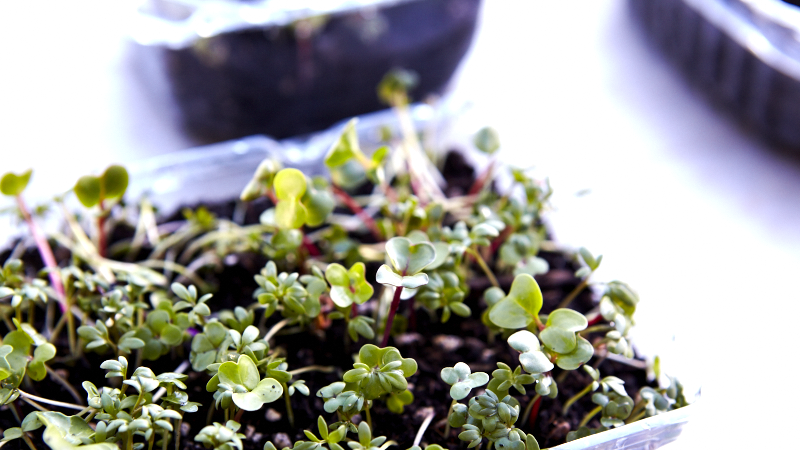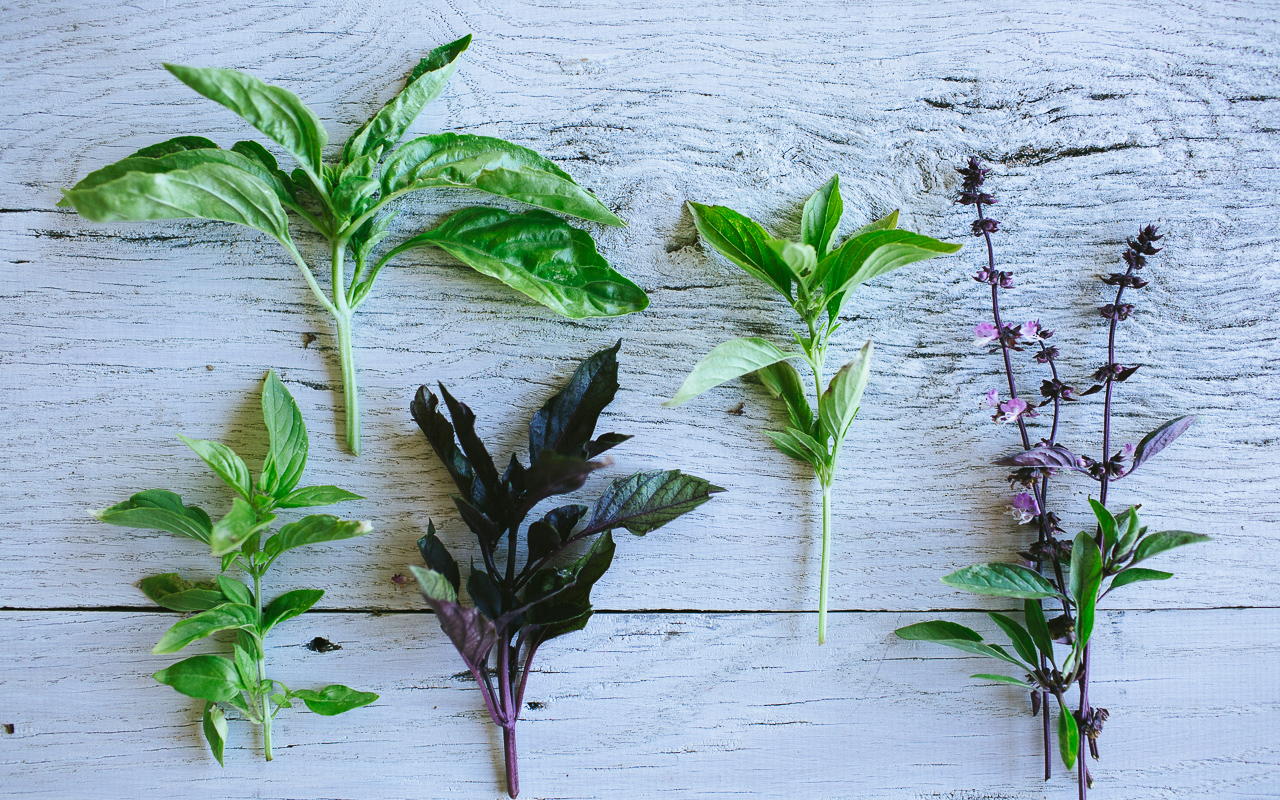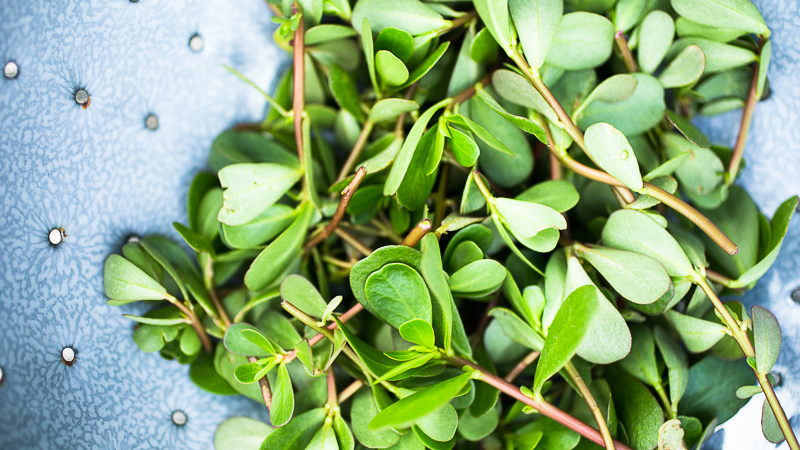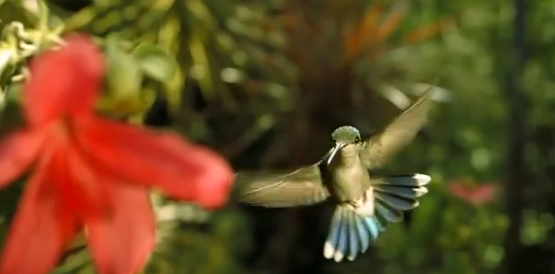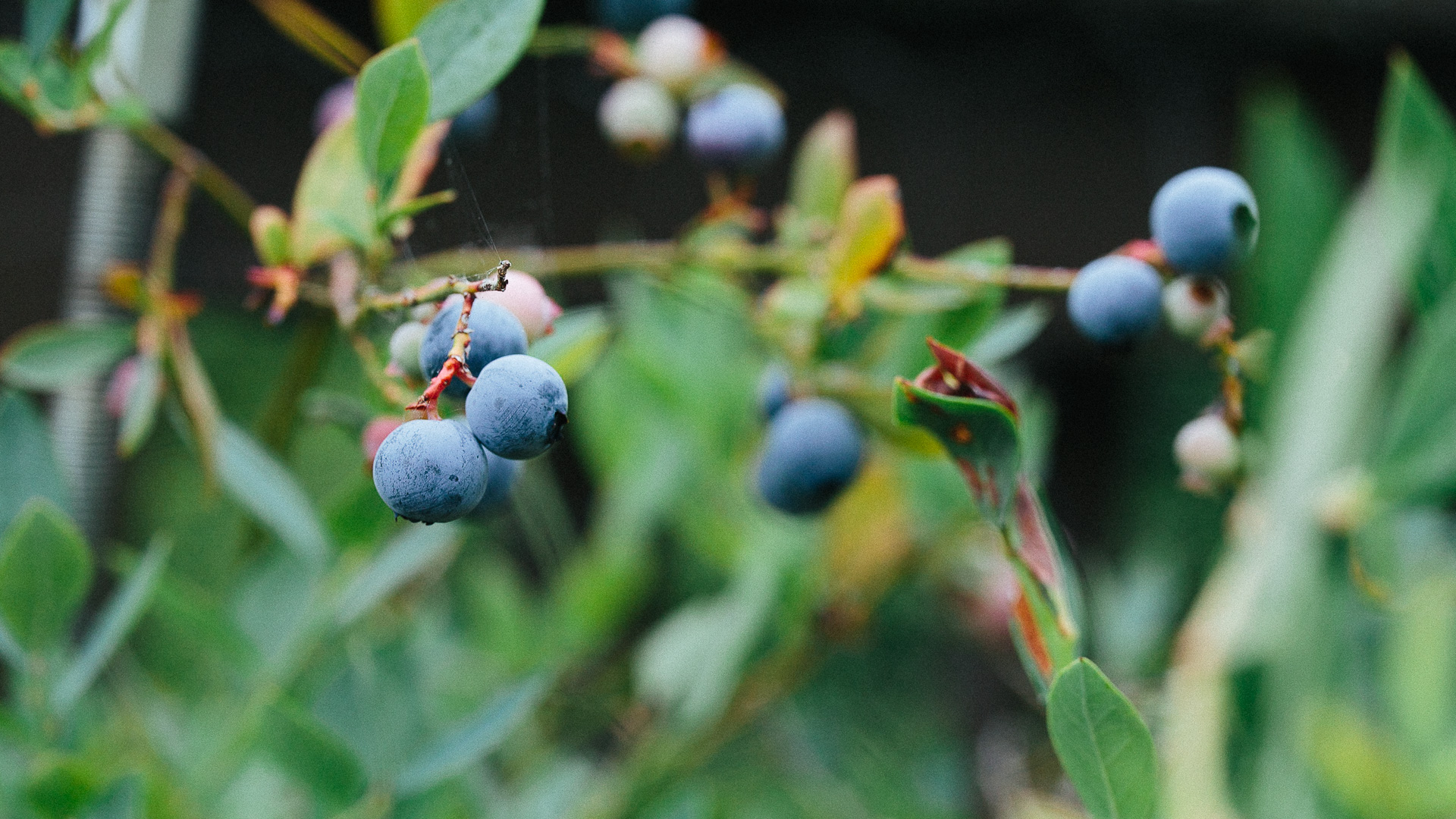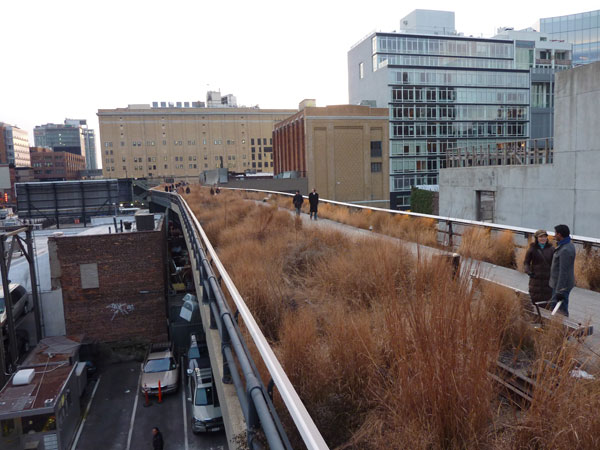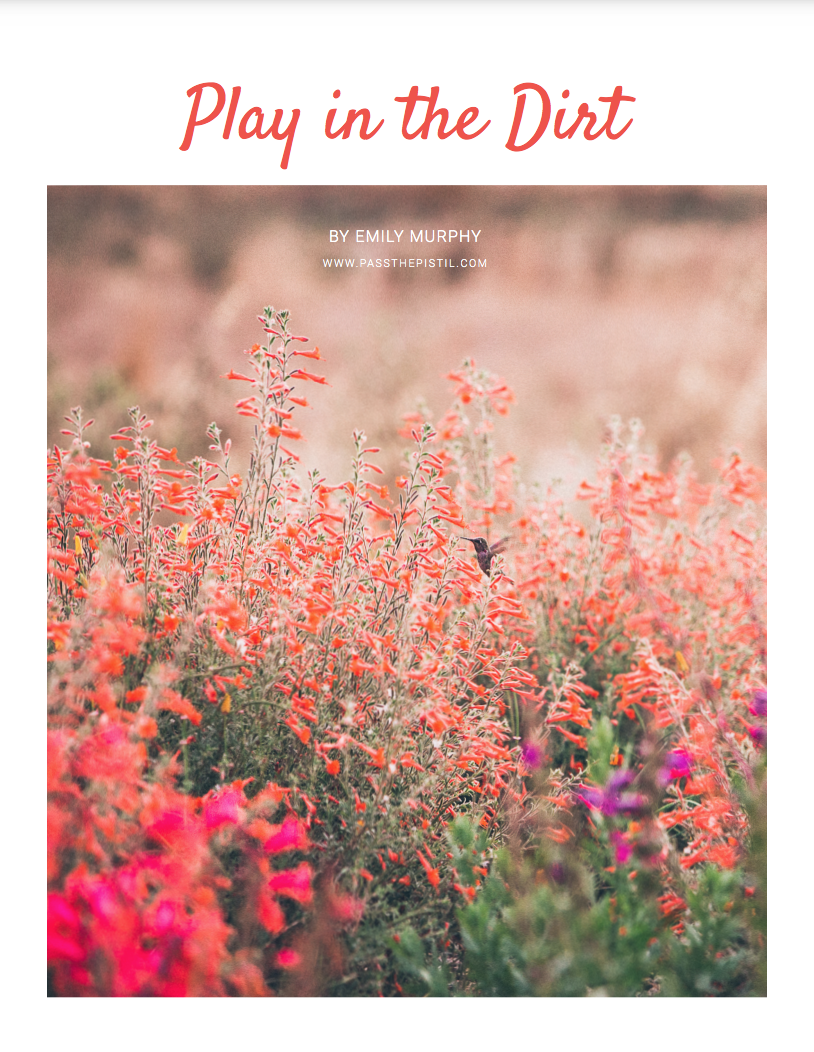Greens for Small Spaces
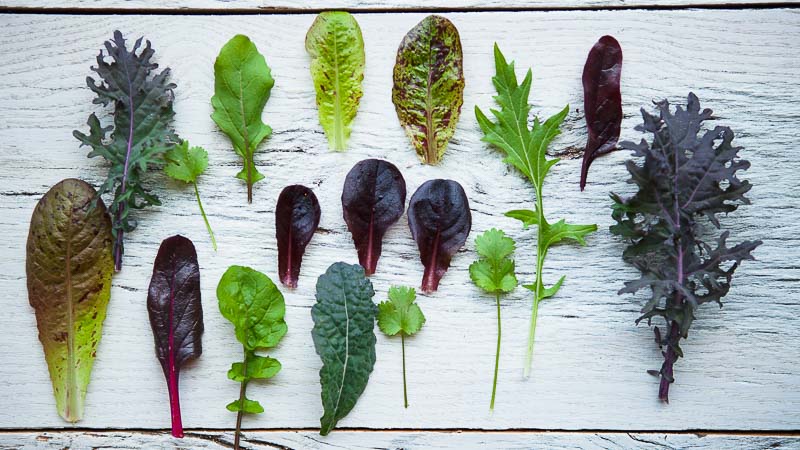

Red and green leaf lettuce will always have a place at the table. So too will traditional romaine, but have you tried oak leaf lettuce, ‘Roxy’ or ‘Freckles’? Or maybe arugula or Mizuna greens? There is an endless number of varieties missing from your local market that you can easily grow at home — right out your door and loaded with nutrition and flavor.
What I love about growing greens is that most don’t need much room to thrive. In fact, if you’re looking for veggies to grow with high returns greens are a sure bet. Grow them in the smallest of spaces, a wine box, basket or other planter for instance. Give them room to breath and at least 6 to 8 inches of rich, well draining soil and you’re own your way to a homegrown salad buffet.
Interplant them with herbs for your own, custom cut-and-come-again mix or stick to a handful of favorites. Depending on your climate, choose hardier varieties for the coldest of months and varieties that tolerate heat for the warmer months.
While most greens grow vigorously in full sun they also tolerate shade. Optimize shady locations or tuck plants in between other, taller plants — a technique that is especially helpful in warmer, summer months.
Some of the greens I’m growing now include Russian and dino or lacinato kale, rainbow chard, arugula, cilantro, mustards, Roxy butter greens, freckles, winter density and red romaine.
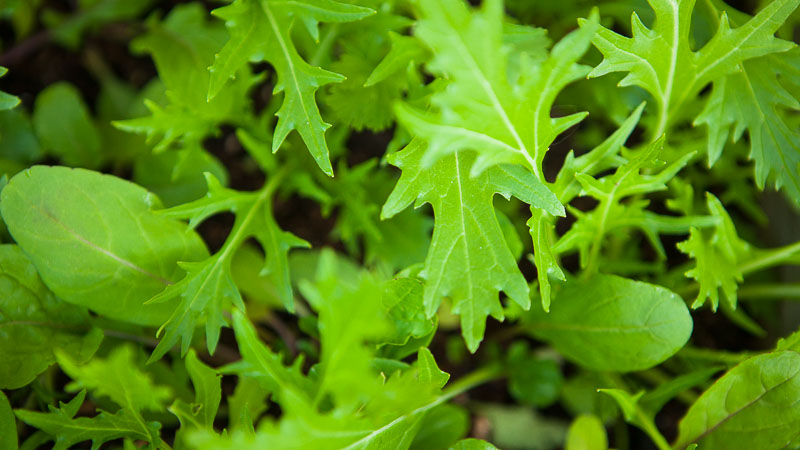
You can see I’m breaking the rule of thumb for suggested planting distance with this mix of Mizuna mustard and arugula. (6 to 10 inches is recommended.) But I also plan to harvest as the leaves grow, never letting them get too big or gangly.
Mizuna greens are mild but warm in flavor and, like arugula, grow quickly. Arugula is spicy and sometimes bitter. They grow well together and both pair nicely with other greens or are tasty alone.
Sow seeds in paper pots or seedling trays and transplant out after true leaves emerge into larger containers to maximize soil space.
How to Make Paper Pots for Planting Seeds
Tips for Growing and Transplanting Seedlings
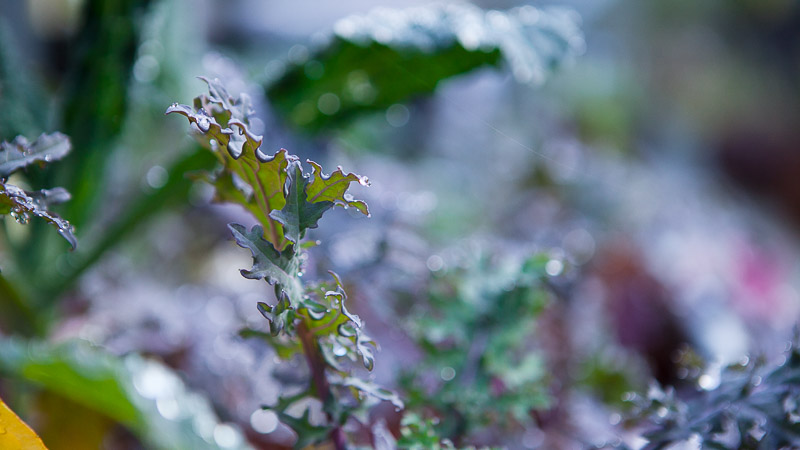
Kale needs a little more room and soil depth but it’s also long lived. Plant about 12 to 18 inches apart or closer if you’re short on space and plan to harvest frequently. You can harvest for months if you’ve timed it right. I plant out kale as soon as the hottest summer temperatures have passed, having found that their less likely to be affected by aphids (a common problem among plants in the brassica family) and have better flavor. Grow Russian kale as baby kale or as I’m growing it here. I’ve interplanted dino and Russian kale, two of my favorite varieties, so it’s easy to harvest a mix as I need them. Chop them thinly and add to a fresh salad or wilt and add to pasta or other dishes.
To harvest kale and other leafy greens simply pick outer leaves as needed. Pinch them off near the base of the leaf stem (the petiole) and main stem. New leaves will grow throughout the growing season.
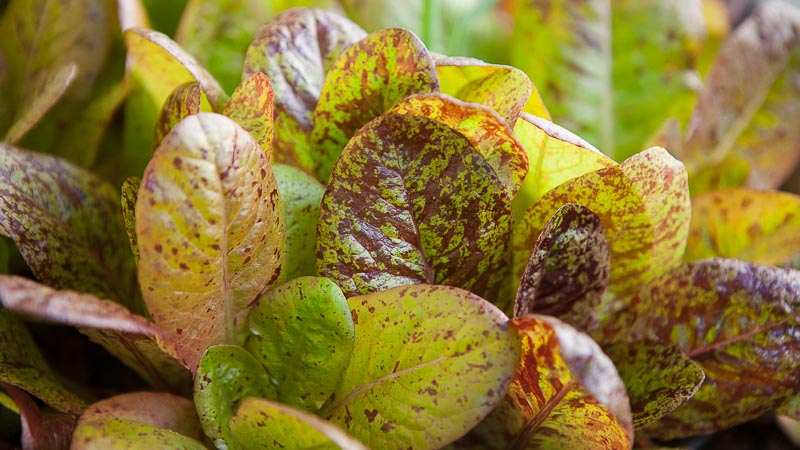
Freckles, Roxy, winter density and red romaine grow well in the cooler months of fall to spring or in summer if you live at altitude with cold summer nights. If you can’t live without greens in summer try planting them in between other, taller plants for built in shade or growing them in part shade.
These varieties are not true loose leaf lettuce varieties but I harvest as if they are. However, leaf lettuces are better for cut-and-come-again combinations. (Such as oak leaf lettuce.)
I always plant them closer together than is recommended but avoid cramming them together. You’ll have a better, healthier crop if they have room to stretch out. If planting distance is 12 inches try 8, especially if you plan to harvest regularly.
Most lettuces are frost hardy and can tolerate temperatures down to 20 degrees. Plant in August or September for a fall to early winter harvest or start indoors and transplant out after your last average frost in spring.
Protect greens from pests such as slugs, snails and birds. Hand pick slugs and snails (we call this snail patrol) or set snail traps using beer in a low lying dish. I’ve had limited success with copper tape but have yet to give up on it. Birds in fall are always an issue, they seem to be migrating through right when I’m beginning to admire my crop. Use netting or other protective fabrics as a barrier. Place netting over hoops or other structures for extra protection.
Damping-off is another important consideration when growing lettuces and other tender greens from seed.
8 Tips to Prevent Damping-off of Seedlings
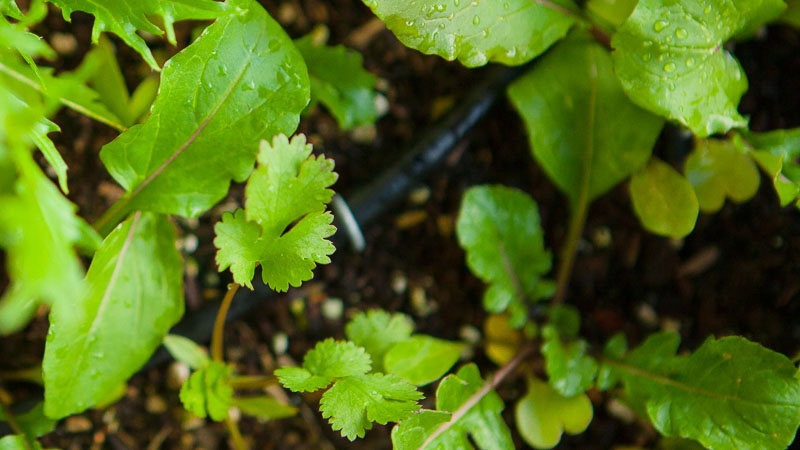
I often mix seeds when planting, sowing a combination at once. This works if the germination time and growth habit is similar amongst the group and makes for an interesting outcome. Try this with loose leaf lettuces, herbs like cilantro, and arugula.
However, if you’d like to be sure the seeds you’re sowing survive I suggest you start with planting them individually, either in a seeding tray or paper pots. This will provide greater control of the environment and ensure success from seed to plate.
If you’re transplanting seedlings from 6 packs you’ve bought at the nursery, look for those with a single plant per cell. These plants will have stronger root systems and generally take hold more quickly — an important factor when working with unpredictable weather. During and after transplanting I often use water with a mixture of liquid seaweed and water to assist with root development.
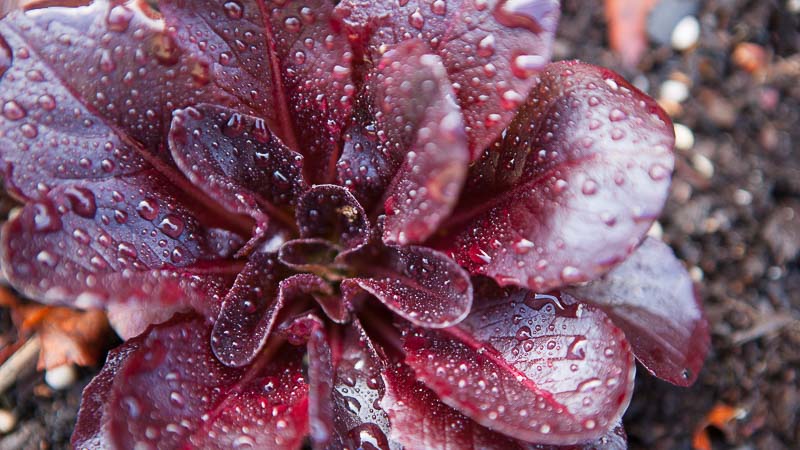
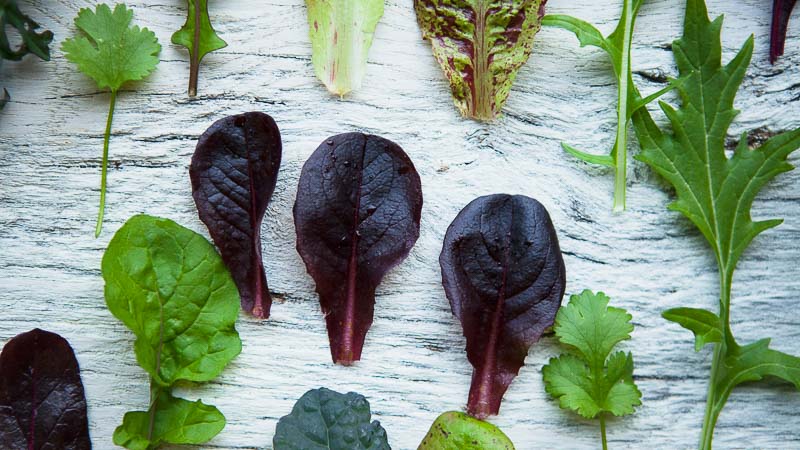
Listen
Buy The Book
Special offers
Newsletter Signup

Archives
Disclosure
Pass The Pistil is a participant in the Amazon Services LLC Associates Program and other affiliate programs such as Etsy, affiliate advertising programs designed to provide a means for sites to earn fees by advertising and linking to curated affiliate sites.

